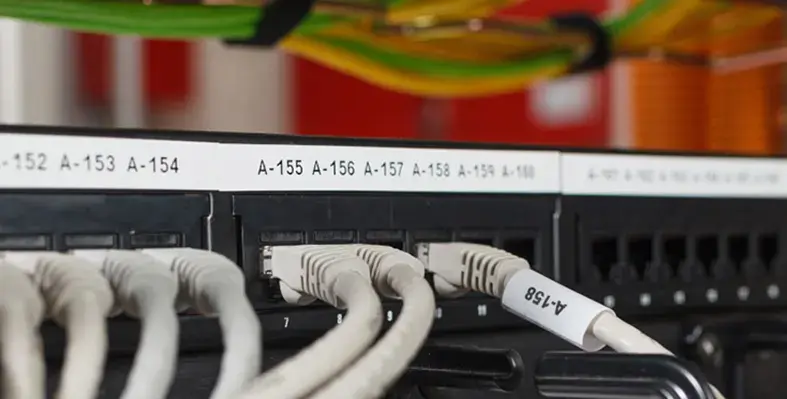Ericsson has organised a media webinar to discuss network capacity, performance and digitisation as service engaged in an unprecedented COVID-19 pandemic situation
Ericsson presented how the company works with telecom service providers to manage their networks during uncertain times and face continuing changes in traffic patterns.
Chafic Traboulsi, head of networks at Ericsson Middle East and Africa, said, “During these challenging times, service providers are focusing their attention on solving the myriad of challenges that have been created or exacerbated by the pandemic. It’s critically important to ensure that service providers consider the importance of planning and optimising their networks.”
Cellular, fixed broadband and wireless technologies are all essential to help companies of all sizes keep things running remotely. As service providers recognise that their services are now more than ever proving an essential lifeline, the webinar highlighted three major trends that have emerged from the onset of the crisis:
Different traffic patterns: Reduced mobility, changed utilisation patterns, with high concentration on suburban areas. Fixed and mobile telecoms networks have experienced major traffic shifts as more lockdowns mean a decrease in urban data traffic and a rise in suburban and residential areas.
Utilisation on the rise: Lockdown puts a dramatic day-long pressure on home connectivity because of work-from-home, online training, etc. As people move less, and work more from home, the largest share of the increase in traffic is being absorbed by fixed residential networks.
Higher bandwidth demand: Videoconferencing, gaming, and streaming services are witnessing major increases in use. A gaming/streaming boom triggers video quality caps in order to keep bandwidth at bay.
Ericsson’s network design and optimisation response help service providers handle the changing traffic patterns to sustain high-performing connectivity through a multi-pronged approach that covers immediate network uplift, planning and dimensioning, and a virtual drive test.
In the long term, the safeguarding and strengthening of major digital infrastructures – as well as the continuous development of underlying technologies such as 5G, IoT, automation, and artificial intelligence ( AI) – will be crucial enablers as service providers emerge from the crisis.
As outlined in the webinar, even with increased Mobile Broadband (MBB) traffic, 5G can deliver better user experiences and allow new gaming experience and application usage through use of cases such as remote classroom environment with Virtual Reality ( VR) and holographic interaction for remote workers.
On the other hand, artificial intelligence and automation will be essential to restart supply chains in connected factories through manufacturing process automation, reducing the risk of human exposure in transporting goods through connected fleets and self-driving trucks along with many other applications.























